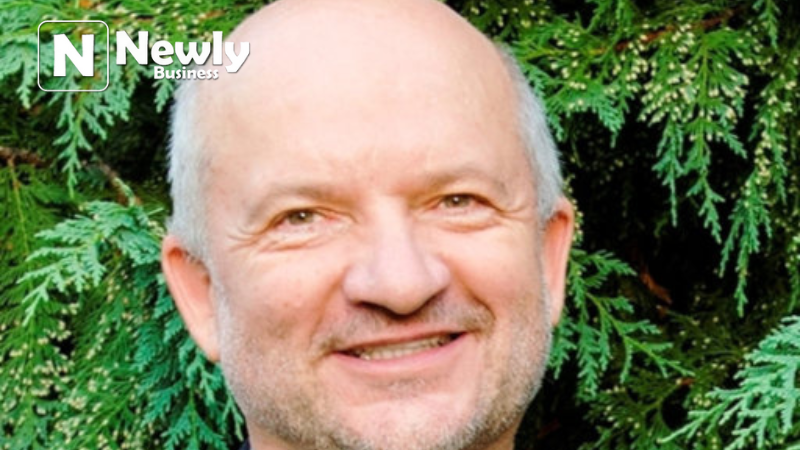If you’ve stumbled across the term hlasny, you might be wondering whether it’s a forgotten word from an old language, a surname, or even a concept rooted in cultural tradition. The truth is, it holds a surprisingly rich background, stretching across different interpretations depending on where and how it’s used. For some, it connects to linguistic heritage; for others, it is tied to personal identity or storytelling. Understanding its context can completely change how you view it.
The allure of hlasny is in its flexibility. Like many words that travel through time and geography, it has developed layers of meaning. Whether it appears in historical records, literature, or even in the name of a person, it tends to carry a sense of authenticity and heritage. In an age where words are often reduced to hashtags, it stands out as something that invites deeper exploration.
Hlasny in Cultural Context
Culture often determines how a word is understood, and hlasny is no exception. In some regions, it may be closely tied to traditional expressions, poetry, or even place names. This makes it more than just a label—it’s a connection point between language and lived experience. People often preserve such terms because they evoke memory, identity, and belonging.
When exploring the cultural threads of hlasny, you quickly realize it is not just about a dictionary definition. It’s about how people interact with it—how they pass it down through stories, songs, or even casual conversations. The beauty of a term like this is that it can quietly anchor a community’s shared knowledge while adapting to modern use.
Hlasny as a Personal or Family Name
One of the more common appearances of hlasny today is in surnames. Like many names, it may carry a trace of geographical roots, ancestral occupations, or even notable events in family history. For those who carry it, the name often sparks curiosity, leading them to research family trees and dig into archival records.
A surname like this can also have a unifying effect. Relatives separated by borders or generations can find common ground in the shared history it represents. It often becomes a conversation starter, whether in a professional setting or during casual introductions, encouraging people to share stories and connect.
The Linguistic Shape and Sound of Hlasny
From a purely linguistic standpoint, hlasny has a distinct and memorable structure. The arrangement of consonants and vowels gives it a rhythmic flow, making it easy to remember yet unique enough to stand apart from more common words. This quality is one reason it can survive across different languages and still feel authentic.
The sound of the term also plays into its appeal. Certain combinations of letters can feel sharp and authoritative, while others have a softer, more melodic quality. This balance may explain why it works equally well in formal and informal contexts.
Historical Traces of Hlasny in Literature
Words like hlasny don’t just appear in everyday speech—they sometimes make their way into literature, where they can take on symbolic meaning. In older texts, a term like this might be used to convey a specific mood, mark a location, or identify a character. Once it appears in written works, it gains permanence, allowing future generations to encounter and reinterpret it.
In many cases, the way an author uses it can redefine it for the reader. Depending on the story, it might signal strength, mystery, or even a connection to folklore. These literary appearances help keep the word alive long after the original context might have faded.
The Modern-Day Relevance of Hlasny
Even in our fast-paced digital era, hlasny retains its charm. Whether it’s used in branding, usernames, or artistic projects, it carries a unique personality that stands out among more generic terms. This adaptability has helped it survive in spaces like social media and creative portfolios.
The modern relevance also lies in its ability to bridge tradition and innovation. It feels timeless, yet it can be reinvented to suit new purposes. People looking for something distinctive but grounded often gravitate toward it, whether consciously or by instinct.
Preserving the Meaning for the Future

Language preservation is not just about saving rare words from extinction—it’s about keeping their cultural and emotional weight intact. For this word, it means continuing to use it in ways that respect its origins while allowing it to evolve. The more people engage with it, the more it stays relevant.
Efforts to preserve such terms can be as simple as including them in creative works, teaching them to children, or documenting their history online. With a term like this, every use becomes part of its ongoing story.
Why Hlasny Stands Out in a Globalized World
In a time when words are constantly borrowed, altered, and replaced, hlasny stands out precisely because it resists blending into the crowd. It has a distinctiveness that isn’t diluted by trends. For people who value authenticity, this makes it a compelling choice for names, titles, and even artistic themes.
Part of what makes it unique is its balance between familiarity and intrigue. It’s approachable, but not so common that it loses its identity. This balance helps it thrive in both personal and public spheres.
Everyday Conversations and Informal Use
While some words stay locked in formal contexts, hlasny can easily find its way into casual speech. This adaptability ensures it doesn’t feel outdated or overly ceremonial. It can be mentioned in storytelling, referenced in jokes, or even used as a nickname.
Everyday usage helps such words survive long-term. The more often they appear in natural conversation, the less likely they are to be forgotten. This everyday resilience is one of the key factors in keeping a word alive across generations.
Conclusion: The Continuing Journey of Hlasny
Hlasny is more than just a word—it’s a link between past and present, between personal identity and shared heritage. It adapts without losing its roots, carrying with it the stories, sounds, and meanings that make language such a rich human experience. In a world where trends come and go, its quiet strength ensures it will continue to hold value.
Its story is still being written. Every time it’s spoken, written, or passed along, it gains a new layer of meaning. That is the beauty of language: it lives through us, and we live through it.
FAQs About Hlasny
Is hlasny from a specific language?
It has roots in certain regional languages, but its usage has spread, making it recognizable in multiple contexts.
Can it be used as a brand name?
Yes, many choose it for its distinctiveness and cultural depth, which helps it stand out in competitive markets.
Does it have a specific meaning?
Its meaning varies depending on context—sometimes it’s a surname, sometimes a descriptive term, sometimes a cultural reference.
How can I incorporate it into creative work?
You can use it in writing, naming, or as part of a thematic project that values uniqueness and heritage.
Is it considered rare?
It’s not extremely common, but it’s not so obscure that it’s unrecognizable. This balance makes it appealing to many.




